• 1,600cc flat four-cylinder motor • Four-speed manual transmission • Reutter Cabriolet coachwork • Porsche Certificate of Authenticity • Matched numbers • Original color scheme • Supplied with optional hardtop While the 911, in its various forms, is certainly Porsche's longest-running model, the 356, which put the marque on the map, must certainly be the most iconic. While the basic architecture and shape of the 356 changed very little over its lifetime, there were in effect, several generations of cars. The first, characterized by split (or bent) windshields, were built through 1954. From 1955 to 1959, a revised model designated 356A was built, with curved windshield and modified suspension. It was succeeded during 1959 by the 356B, with a new nose contour that raised the headlights upwards. There were three 1,600cc engines, designated 1600, 1600 Super and Super 90, and four-cam 2-liter Carrera 2. The 1600s differed in compression ratio and carburetion and ranged from 60 to 90 DIN (European) horsepower. Although Porsche sourced bodies from a number of suppliers, by far the most came from Reutter. Karosseriefabrik Reutter & Co. of Stuttgart had a long association with Porsche. Founded as a coachbuilding firm in 1906, Reutter pioneered lightweight construction, using Weymann fabric patents and early use of aluminum. Reutter furnished prototypes to Ferdinand Porsche in 1932, during the early days of the Volkswagen project, then bodied Mercedes and BMW cars during the 1930s. The association with Porsche was rekindled in 1950, when the nascent Porsche company returned from Austria to Stuttgart. Porsche's old facilities were occupied by the US Army, so Reutter leased some plants to Porsche for car production and started producing bodies for a number of 356 models. These included coupes, cabriolets and speedsters. While Karmann also built coupes in the 1960s, most of the open cars were by Reutter. This symbiotic relationship made Reutter a de facto in-house coachbuilder, much more closely allied with Porsche than Karmann or Drauz, or other outside firms. Porsche and Reutter were finally merged in 1963, although a portion of the original Reutter company remains independent, operating under the name "Recaro." One of just 8,847 356B Cabriolets built, the Porsche Certificate of Authenticity confirms that this car was completed in early 1960 and finished - as today - in black with red leatherette upholstery and only had the one option listed, namely Continental tires. The Porsche is a matching numbers car with a lovely patina and we are advised by the vendor that it has been well maintained. Supplied with the optional factory hard top, the 356B Cabriolet is a lovely driver-level car suitable for all sorts of weather conditions!
• 1,600cc flat four-cylinder motor • Four-speed manual transmission • Reutter Cabriolet coachwork • Porsche Certificate of Authenticity • Matched numbers • Original color scheme • Supplied with optional hardtop While the 911, in its various forms, is certainly Porsche's longest-running model, the 356, which put the marque on the map, must certainly be the most iconic. While the basic architecture and shape of the 356 changed very little over its lifetime, there were in effect, several generations of cars. The first, characterized by split (or bent) windshields, were built through 1954. From 1955 to 1959, a revised model designated 356A was built, with curved windshield and modified suspension. It was succeeded during 1959 by the 356B, with a new nose contour that raised the headlights upwards. There were three 1,600cc engines, designated 1600, 1600 Super and Super 90, and four-cam 2-liter Carrera 2. The 1600s differed in compression ratio and carburetion and ranged from 60 to 90 DIN (European) horsepower. Although Porsche sourced bodies from a number of suppliers, by far the most came from Reutter. Karosseriefabrik Reutter & Co. of Stuttgart had a long association with Porsche. Founded as a coachbuilding firm in 1906, Reutter pioneered lightweight construction, using Weymann fabric patents and early use of aluminum. Reutter furnished prototypes to Ferdinand Porsche in 1932, during the early days of the Volkswagen project, then bodied Mercedes and BMW cars during the 1930s. The association with Porsche was rekindled in 1950, when the nascent Porsche company returned from Austria to Stuttgart. Porsche's old facilities were occupied by the US Army, so Reutter leased some plants to Porsche for car production and started producing bodies for a number of 356 models. These included coupes, cabriolets and speedsters. While Karmann also built coupes in the 1960s, most of the open cars were by Reutter. This symbiotic relationship made Reutter a de facto in-house coachbuilder, much more closely allied with Porsche than Karmann or Drauz, or other outside firms. Porsche and Reutter were finally merged in 1963, although a portion of the original Reutter company remains independent, operating under the name "Recaro." One of just 8,847 356B Cabriolets built, the Porsche Certificate of Authenticity confirms that this car was completed in early 1960 and finished - as today - in black with red leatherette upholstery and only had the one option listed, namely Continental tires. The Porsche is a matching numbers car with a lovely patina and we are advised by the vendor that it has been well maintained. Supplied with the optional factory hard top, the 356B Cabriolet is a lovely driver-level car suitable for all sorts of weather conditions!

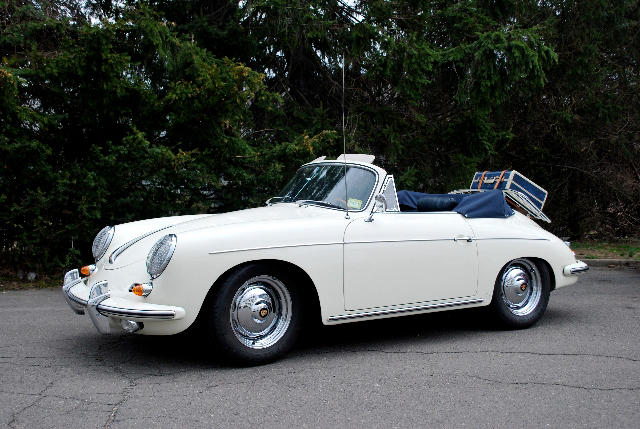

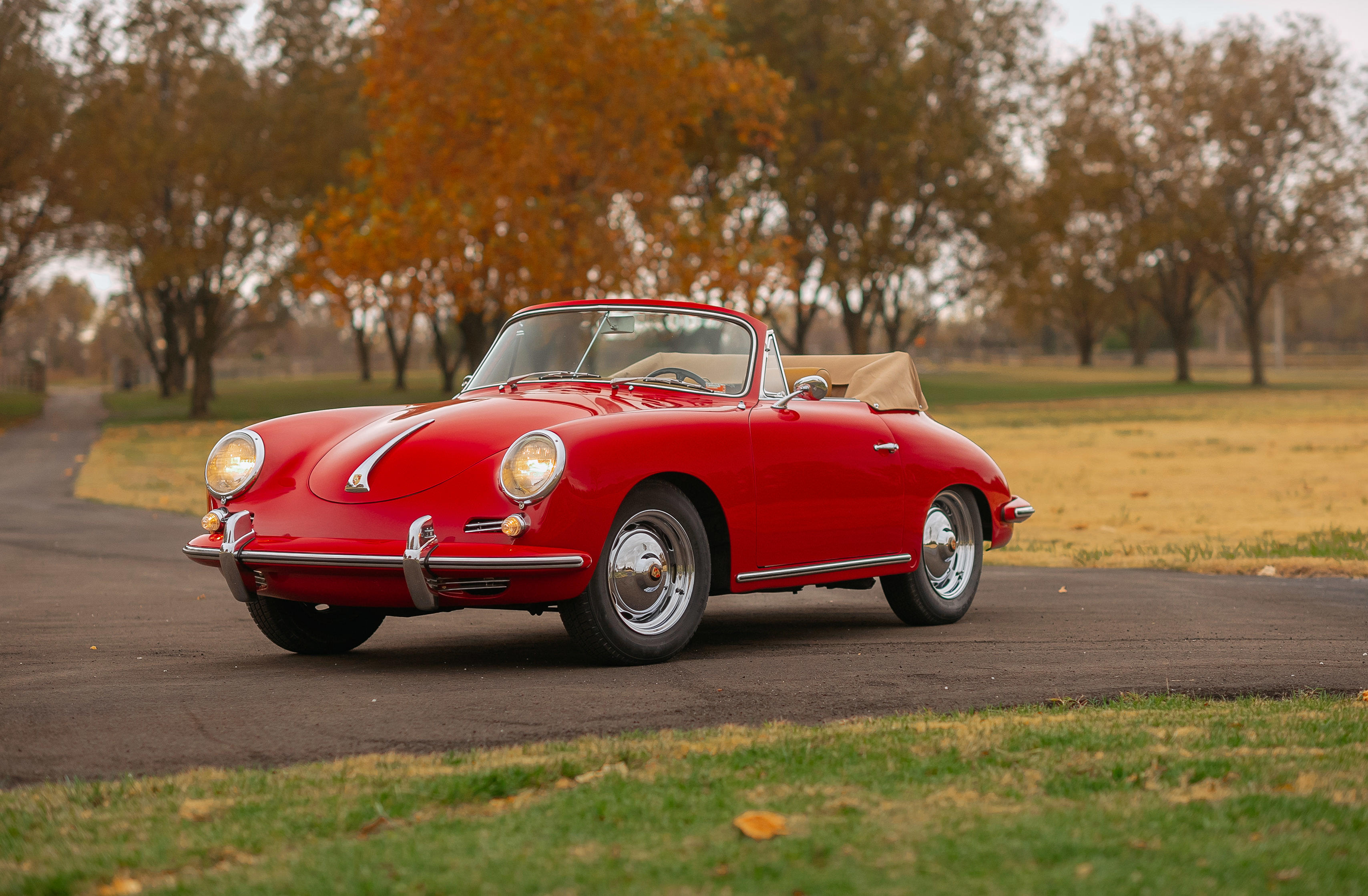
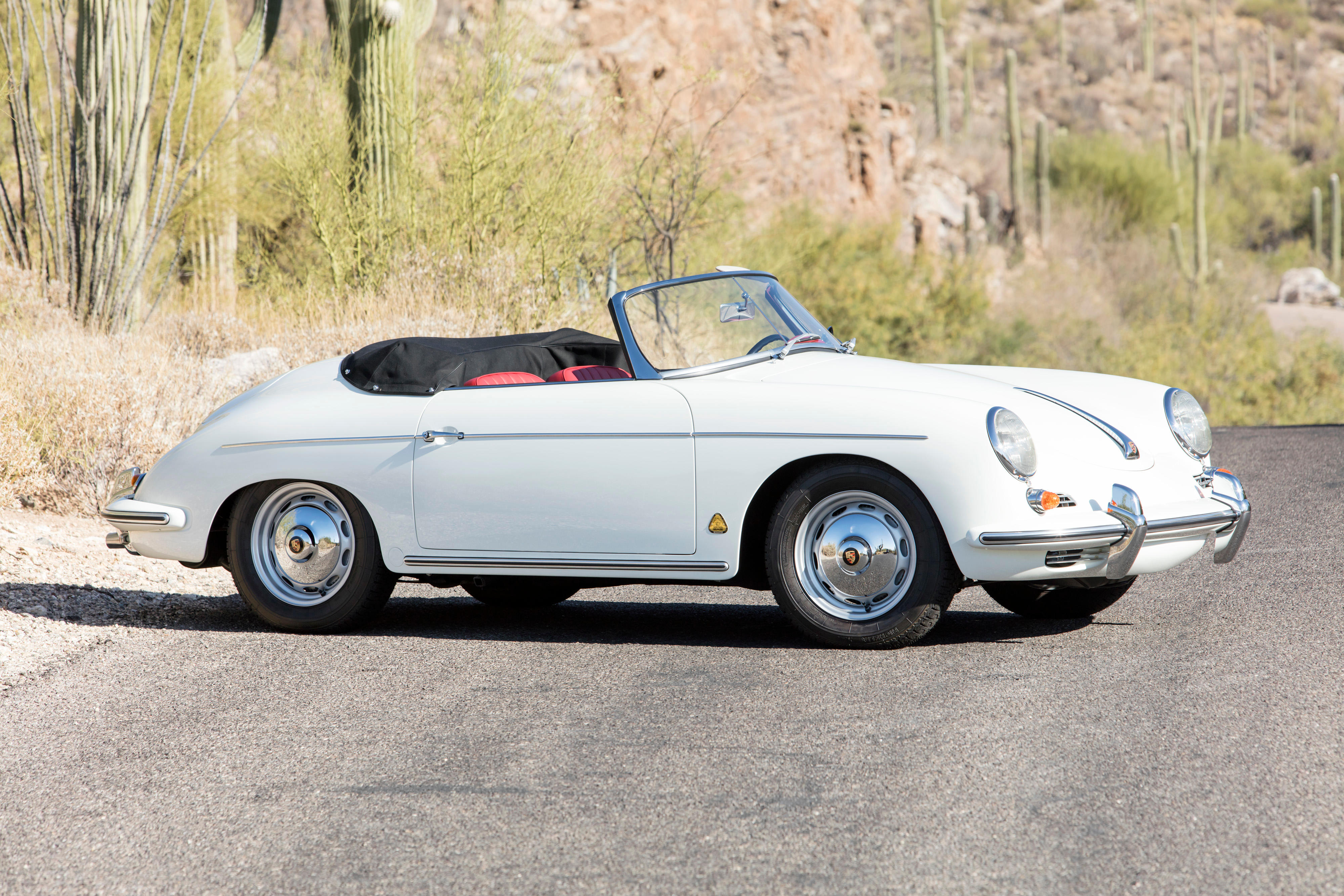
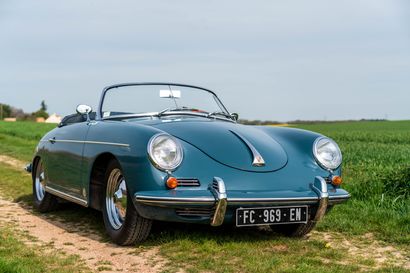

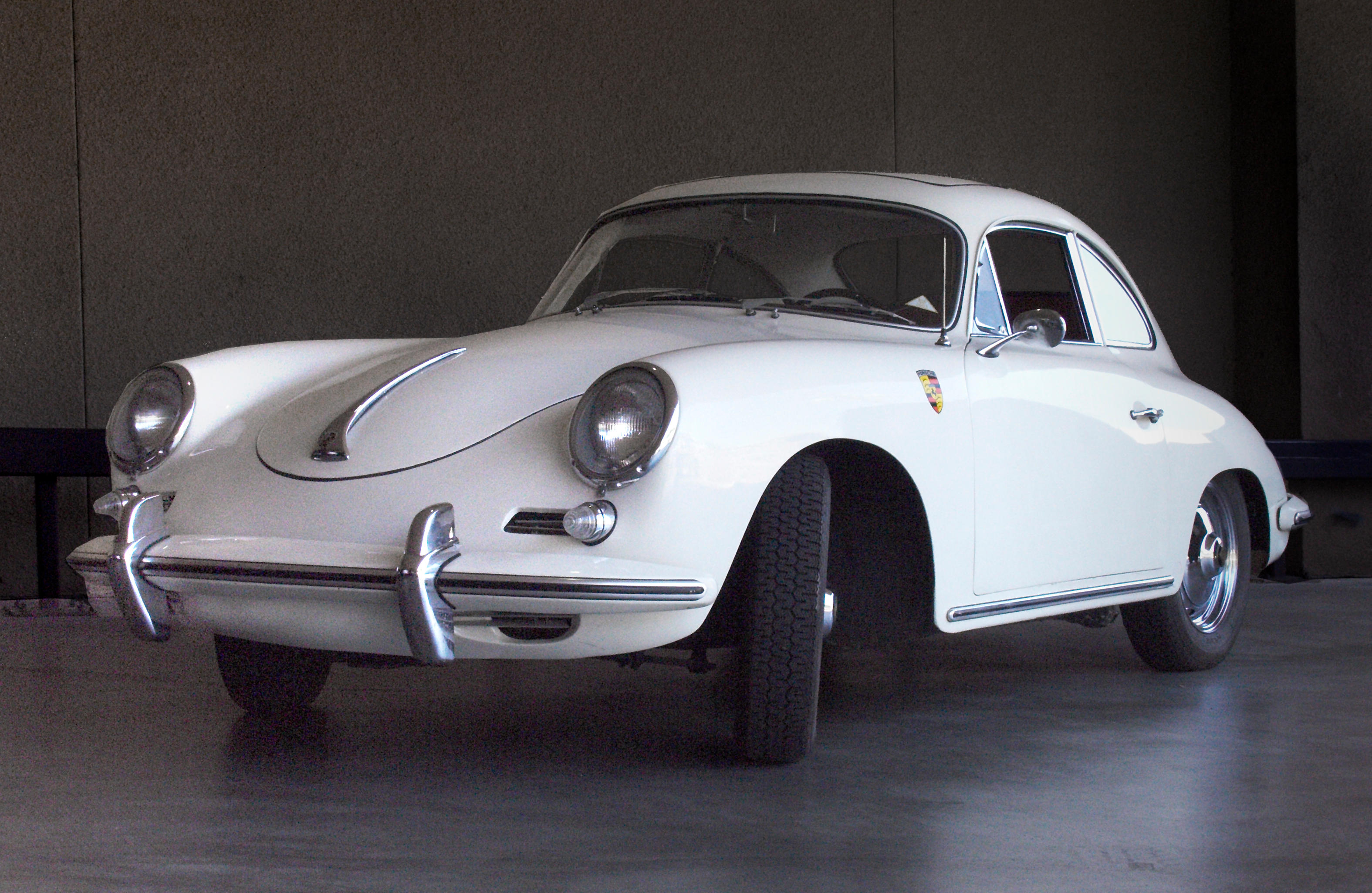


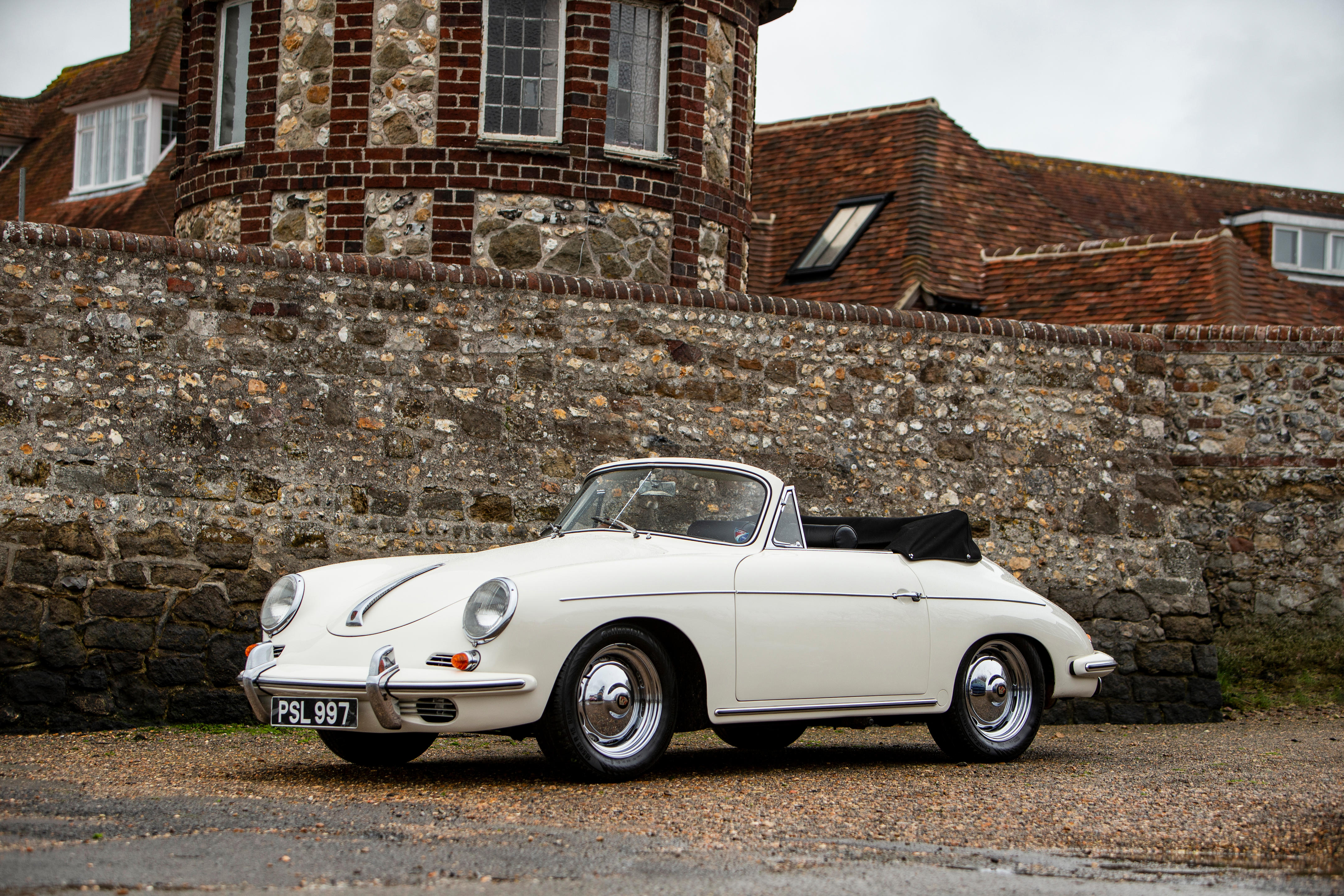

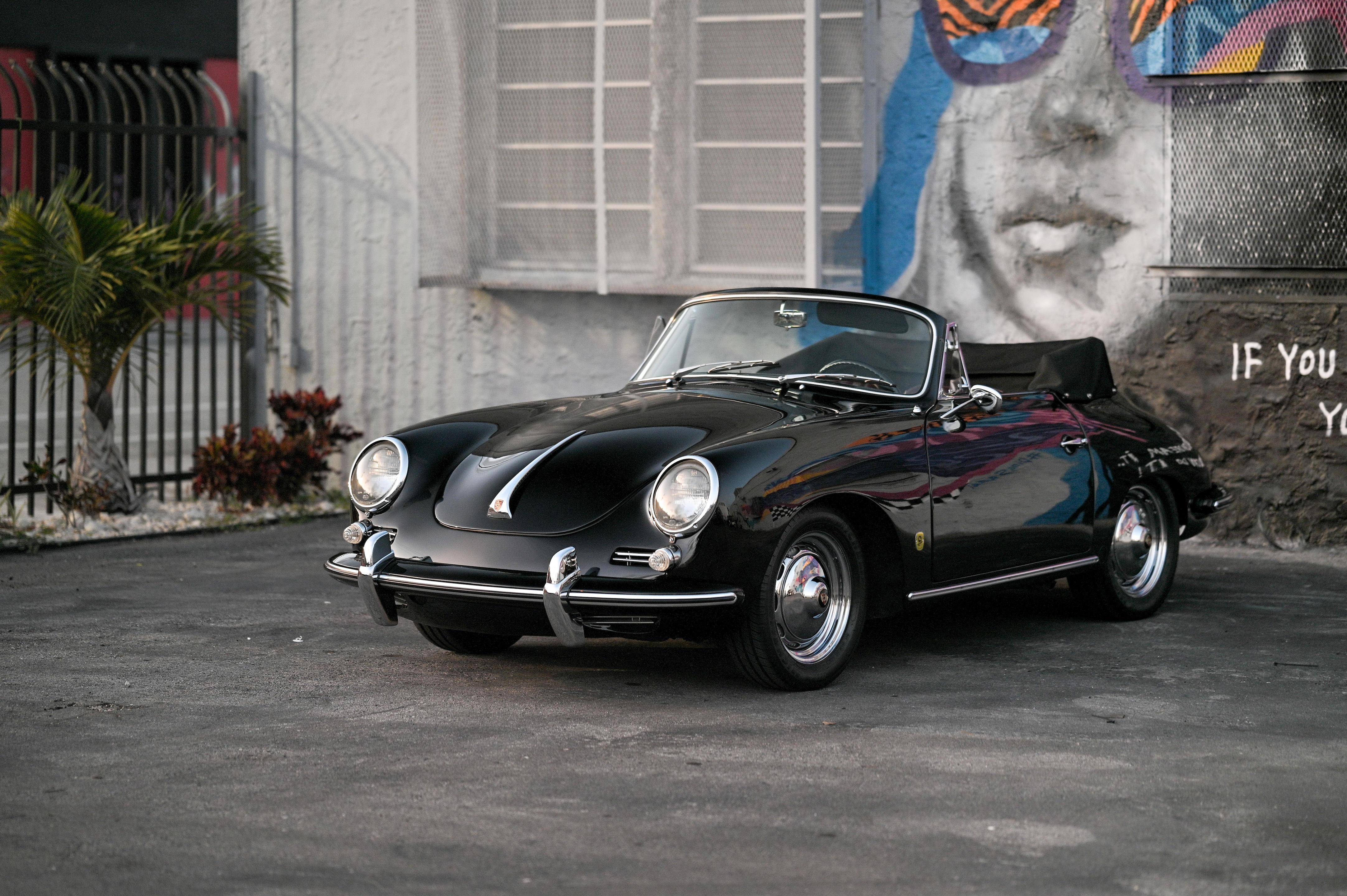
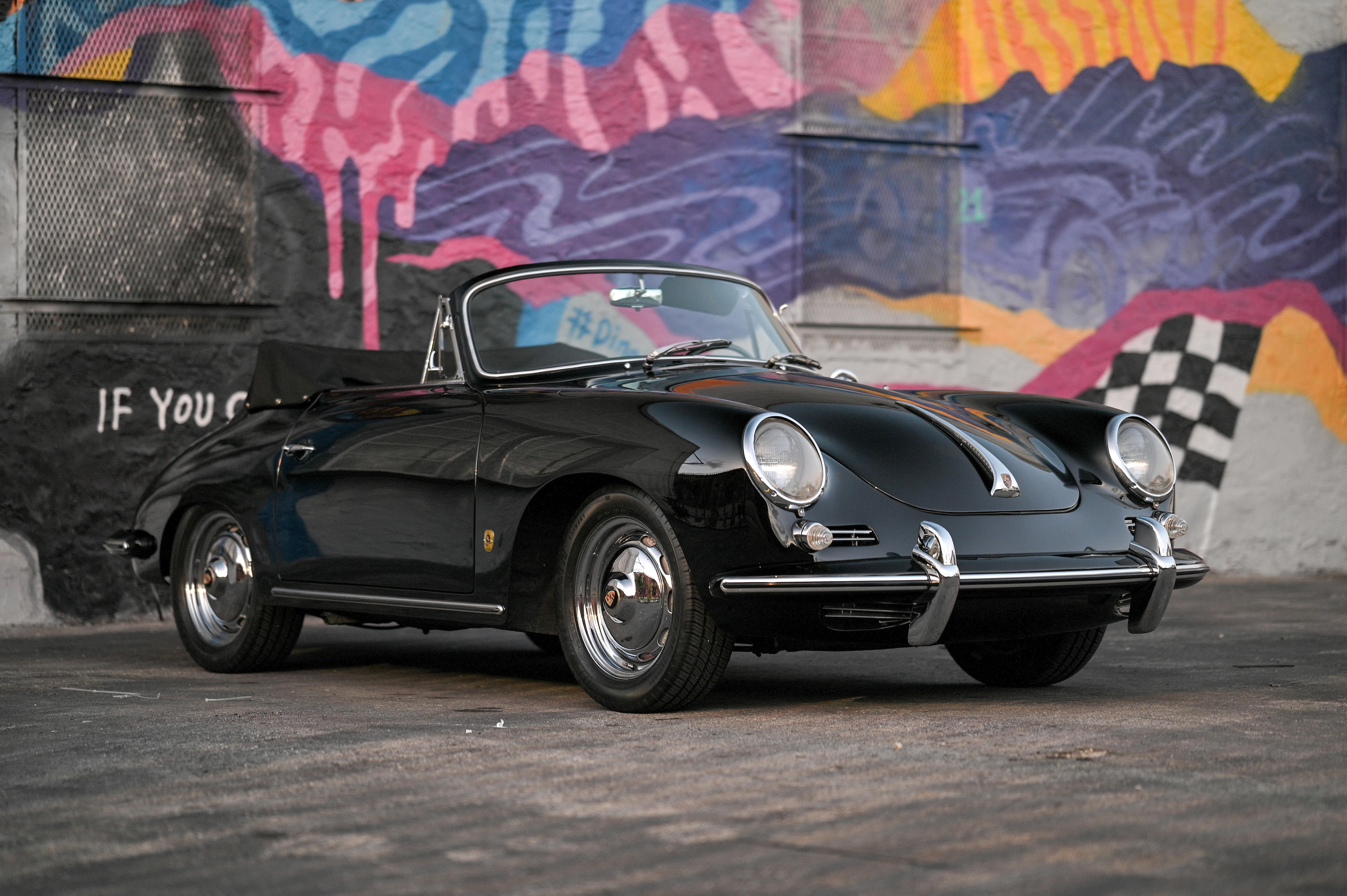
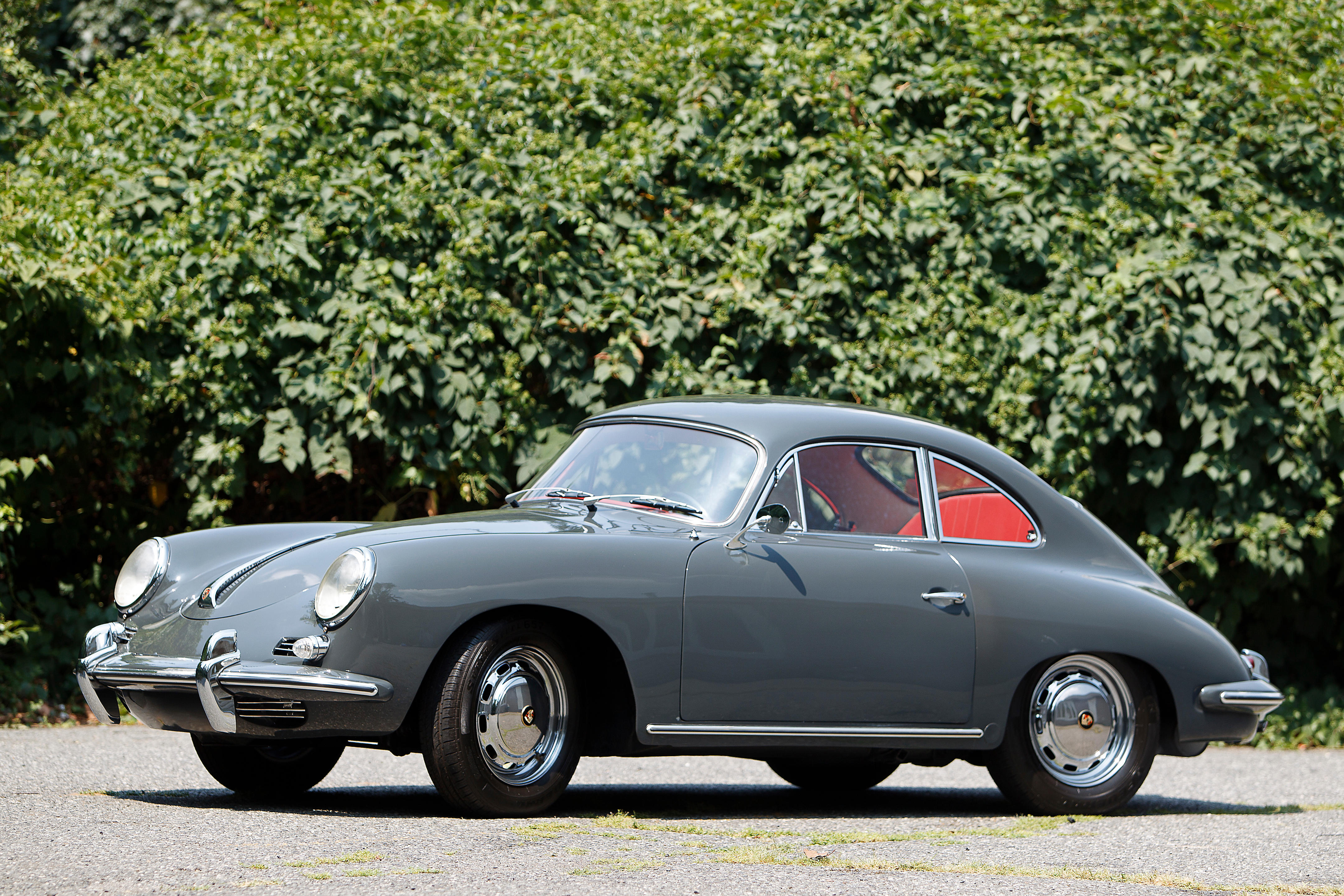
Testen Sie LotSearch und seine Premium-Features 7 Tage - ohne Kosten!
Lassen Sie sich automatisch über neue Objekte in kommenden Auktionen benachrichtigen.
Suchauftrag anlegen